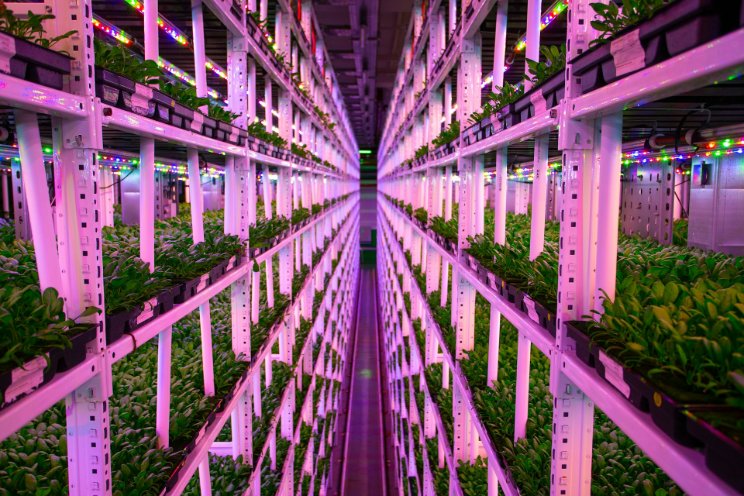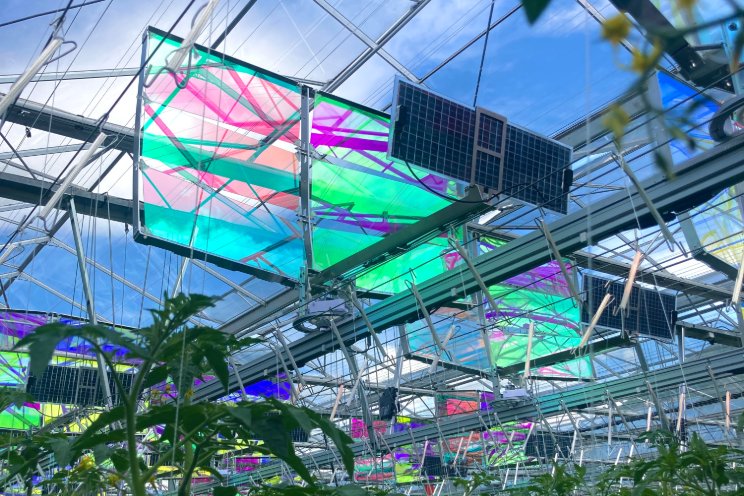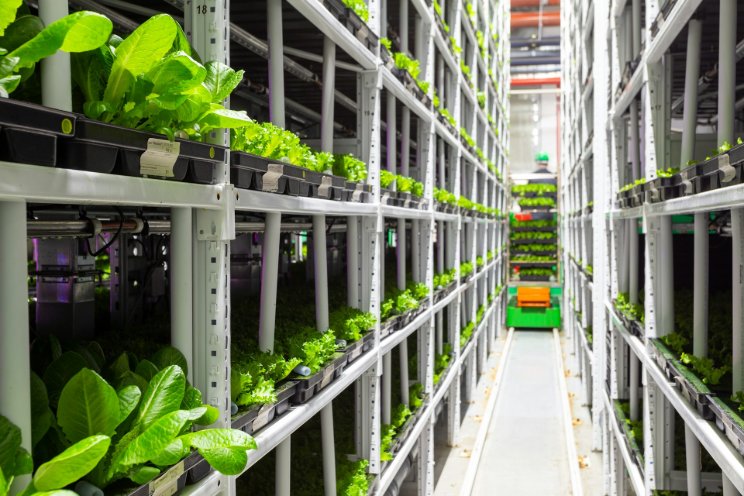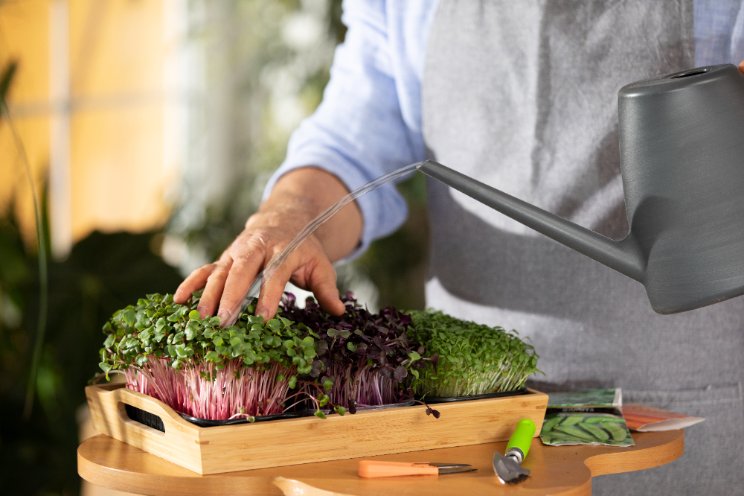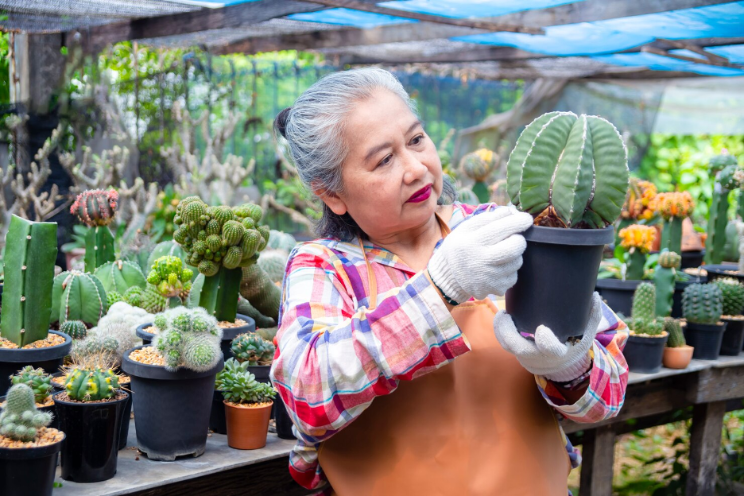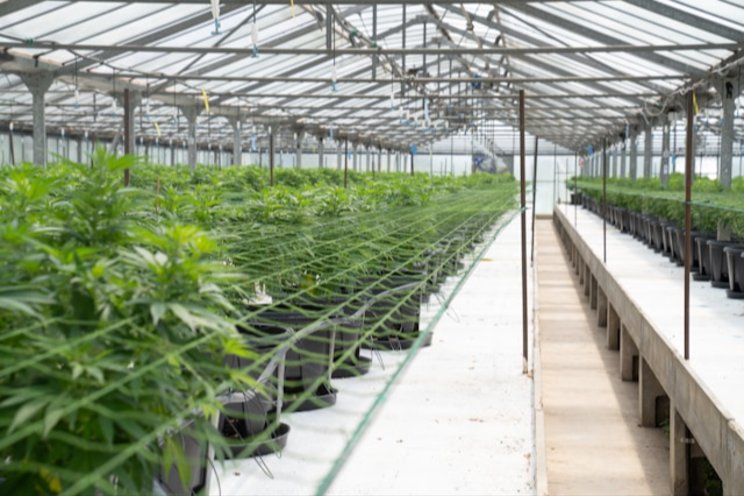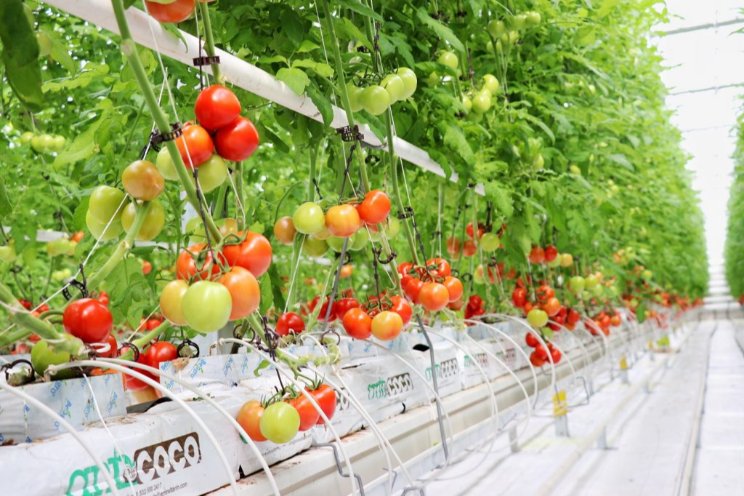Reliable measurement of the shelf life of tomato
Added on 02 December 2022

There are a number of product properties that have a major impact on the quality of a tomato: the sugar content (the 'brix'), the acidity, firmness and juiciness. These properties can be measured objectively by performing destructive measurements in a laboratory. WUR is investigating the potential of a non-destructive method with the help of sensors and image analysis, for example with a mobile scanner. As a result, the freshness and shelf life of a tomato will be determined quickly, objectively and reliably in the post-harvest phase. Moreover, the tomato does not have to be damaged, and more fruits can be analyzed in a short time.
Continue reading.
Courtesy of Wageningen University & Research
More news
